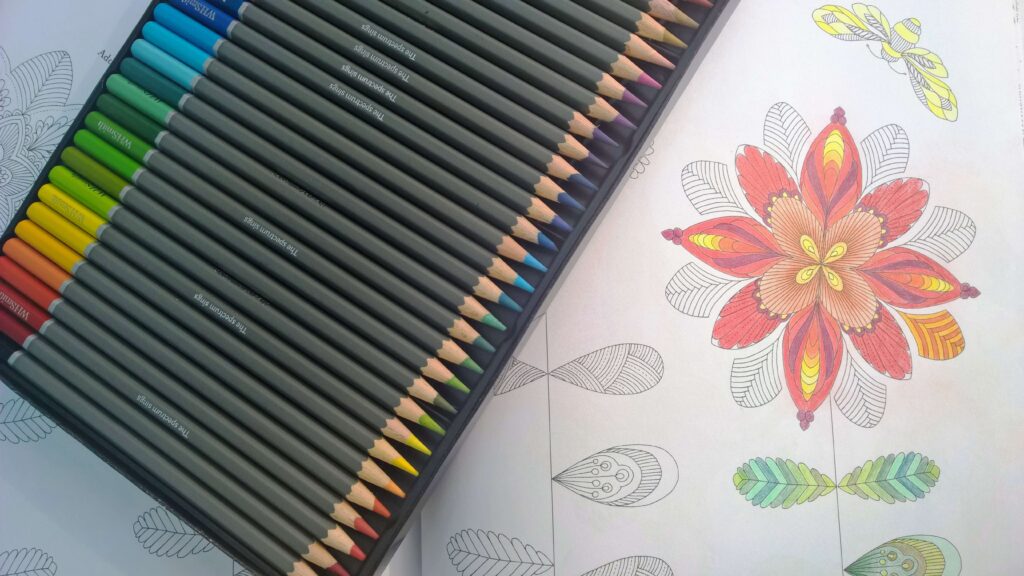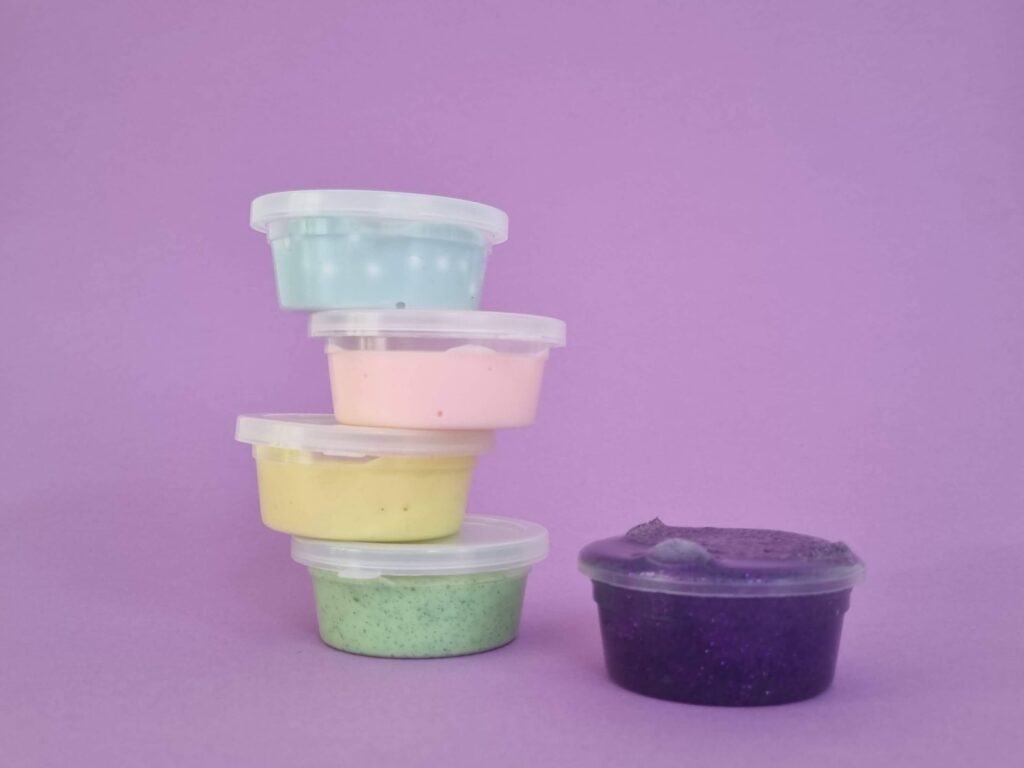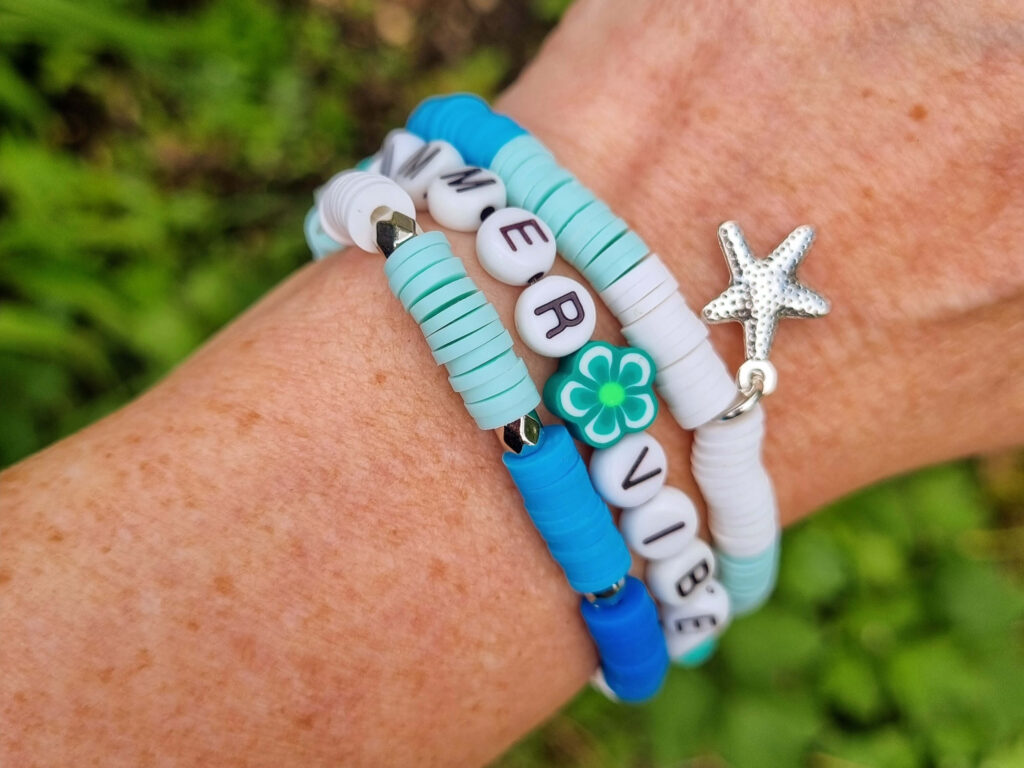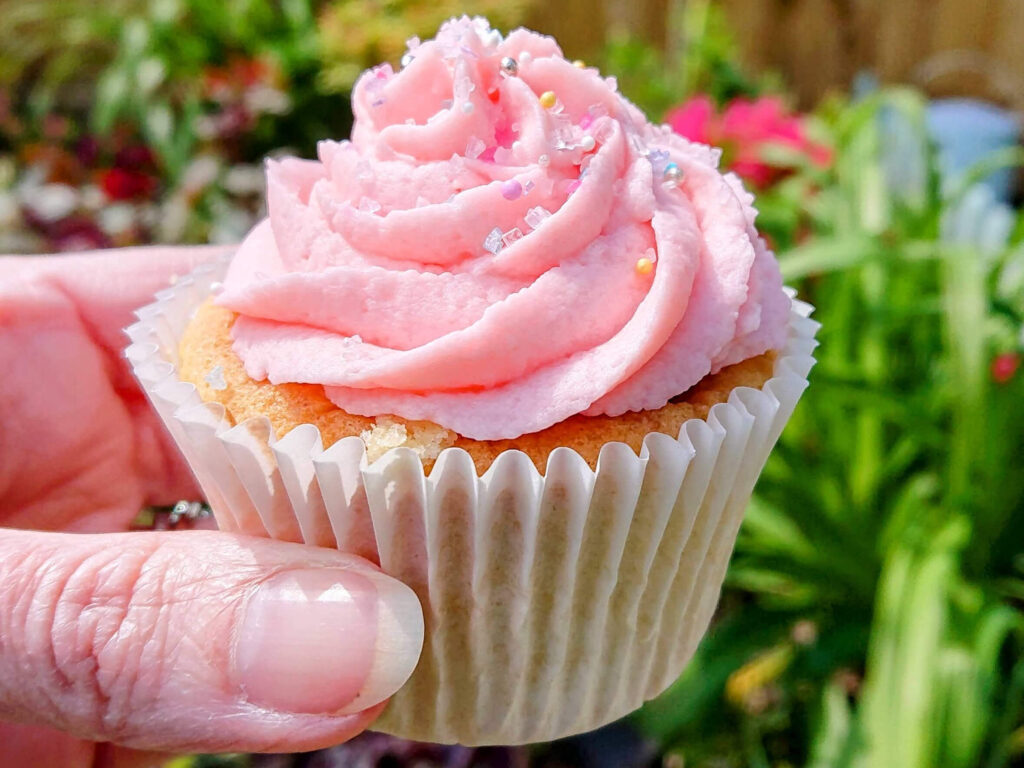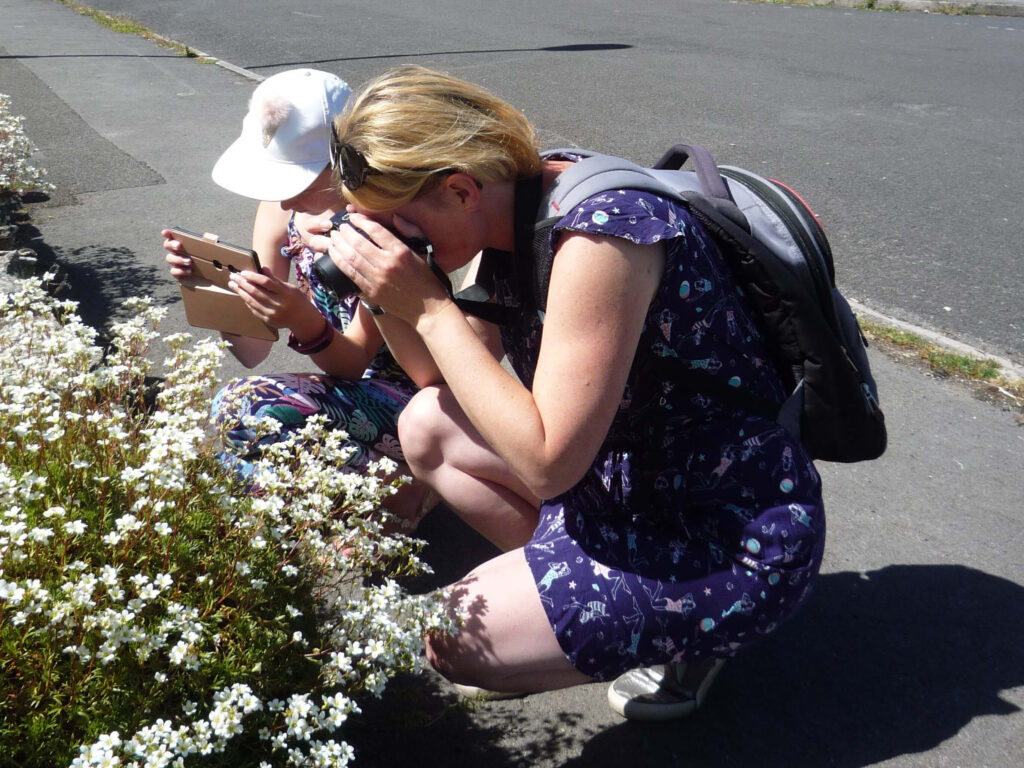Revision season can be a stressful time for you and your family. Between working out what you need to revise, creating revision resources, practicing past papers and upcoming deadlines, it can feel like there’s never enough time to rest or take a break. But here’s the truth: taking breaks during revision sessions isn’t lazy — it’s essential.
In fact, building regular, effective breaks into your study routine is one of the best ways to stay focused, boost memory, and avoid burnout. Even better – getting creative like painting, drawing or baking during those breaks can have a powerful calming effect on the mind, helping you revise….win, win!
I’ve got together with Lexy, from Made by Me Craft Parties to explore why revision breaks matter and share some creative revision break ideas to help you feel more balanced, confident and ready to tackle your exams.
Table of Contents
ToggleWhy are creative revision breaks so important?
Many teens think the more hours they study, the better their results will be. But the brain doesn’t work that way. Trying to cram too much information in without pausing to rest reduces your ability to retain and recall facts.
When you give your brain time to pause and reset, something amazing happens information has a chance to “settle” into long-term memory. You come back with improved concentration, increased energy, and a clearer sense of what you’ve learned.
Without breaks, you run the risk of feeling overwhelmed, anxious and confused — especially when revision becomes a blur of endless hours. Taking ‘purposeful pauses’ or ‘brain breaks’ helps protect against this and creates a more sustainable, effective routine over a prolonged period.
One great way to recharge during revision is to swap a study break for a burst of creativity. Engaging in creative activities during these breaks allows your mind to wander and explore new ideas; while giving your brain a break and allowing the information you’ve just learnt to move into your long-term memory.
When you create art, you’re focused on the process, choosing colours, shaping lines or working with your hands. This naturally encourages mindfulness: being present in the moment. When your mind is occupied by creating, there’s less room for anxious thoughts about exams. The act of creating gives your brain a different kind of workout and leaves you feeling more grounded and energised when you return to your studies. Plus, you have the added bonus of having something you’ve created at the end of it.
Creative revision break ideas.
The following are a collection of creative revision break ideas you can try in amongst your revision.
1. Aesthetic colouring & marvellous mandalas
Colouring is one of the easiest and most mindful creative activities you can do. You can pick up cheap colouring books at The Works, at the supermarket or even print off free colouring pages from Pinterest for inspiration.
Doodles and mandalas are quick and easy to create. Just start in the middle of the page and create a circular pattern of your choosing and keep building from there, until you’ve filled the page or your break timer goes off.
2. Creative collages and motivational mood boards
Cut up magazines, raid your arts and craft supplies, and print off photographs and quotes to create a collage or mood board. You could do this in a book, on a large piece of card or even on your wall.
Your collage or mood board could have any theme you like, but here are some suggestions to get you going. Look for ideas, quotes and images for;
✨ Your perfect summer break. Think about places to go, activities, people you want to hang out with or even just the vibe you want to go for e.g. adventure, chill, fun or creative.
✨ Motivation and goals. Search up quotes that inspire you to achieve your goals, and add pictures of your ideal job, college or university.
✨ Just because. Look for images, words, photos and craft items that make you happy. There doesn’t need to be a theme; it could just be something nice to look at.
You could use your finished creation to make your study space more inviting and personal, which could increase your motivation to study.
3. Diva dance party
Turn the music up loud and dance like nobody is watching! You could also create a ‘let off revision steam’ playlist on Spotify.
A 10-minute dance break releases endorphins and reduces cortisol (a stress hormone), thus reducing anxiety and revision pressure. Dancing also increases blood flow to the brain, which means you can wake yourself up and help you concentrate better when you return to revision.
4. Sensory slime and mindful magic sand
Slime is an excellent form of mindful stress relief. Stretch it, make shapes, create sounds (a bit like popping bubble wrap), squish it and squash it. Slime provides a satisfying sensory stimulation that helps you to relax. Kinetic sand is also a good alternative if you don’t like the texture of slime.
5. Fimo fun!
If slime isn’t your bag, try making mini models or jewellery out of clay or Fimo. Check YouTube for simple how-tos – Lexy recommends Creative Rachy for quick, easy and cute Fimo tutorials.
6. Bracelets for besties
Weave a friendship bracelet or thread some beads to create a piece of jewellery. You could gift them to your besties as a little ‘good luck’ or ‘I’m thinking of you’ gift. This activity is particularly good as it’s quick and easy and gives you the satisfaction of achievement.
7. Get your bake on
Whip up a batch of cookies, cupcakes or brownies and they’ll be ready for a tasty treat at your next revision break! Or research some health snacks that you can make to nourish your body and brain. BBC Bitesize have some great ideas for healthy revision snacks.
8. Go outside for a walk with a creative twist
Grab your phone and take a 20-minute walk, taking photos of items of every colour of the rainbow. This is a great way to take your mind away from revision and become absorbed in your activity. Look out for unusual things to photograph – extra points for these!
In another revision break, you could print off the photos and make a collage or create an online collage in Canva. Taking short, frequent breaks with movement helps prevent mental and physical burnout, allowing for better long-term focus and motivation.
9. Joint canvas painting
This one is a slightly longer break idea, but it’s such a lovely thing to do. Pack a blanket, a small canvas and paints and meet a friend in your local park. Take turns with your friend painting a picture together. Or for a laugh, paint each other’s portrait!
 10. Clever craft kits
10. Clever craft kits
Craft kits make taking a creative revision break so easy! All the equipment is provided for you along with inspiration and instructions.
Made By Me Craft Parties ‘tote bag decorating kit ‘is a brilliant activity to do between study breaks. You could decorate one side, leave it to dry and then do the other side and make the beaded bag charm during another break. Then you can use it to transport your essential revision items around!
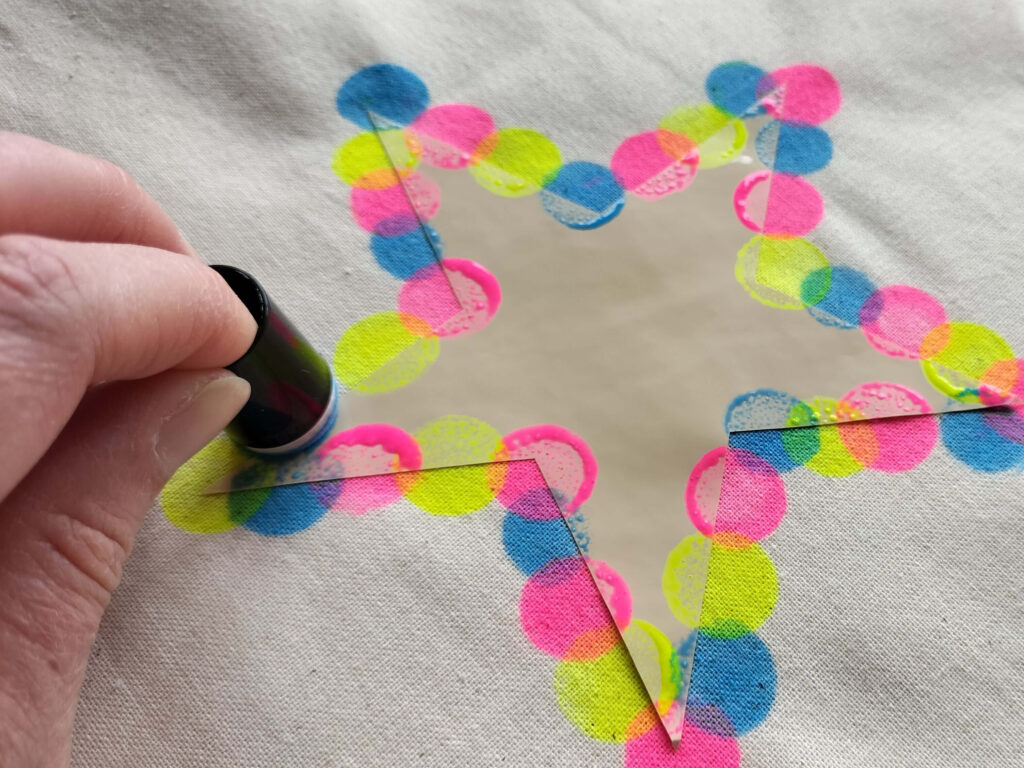 Remember, this isn’t about producing a masterpiece. It’s about unwinding your brain, finding a moment of calm, and returning to revision refreshed.
Remember, this isn’t about producing a masterpiece. It’s about unwinding your brain, finding a moment of calm, and returning to revision refreshed.
Top tips for getting creative.
✨ As part of your revision prep, gather supplies for your chosen creative activities ahead of time. Find a box, basket or clear a shelf so you don’t waste time looking for all the supplies. Lexy has put together a handy arts and craft shopping list of tried and tested items you can buy in advance.
✨ Set yourself a study break timer, if you haven’t finished your activity, put it aside and finish it in your next break. But remember, don’t use it as an excuse not to revise.
✨ Don’t know which activity to do? Write each activity you want to do on a piece of paper and fold it up and put them into a jar or pot. Pick one out at random for a fun surprise.
✨ Remember that the goal is to enjoy the activity and the process of creating, not necessarily the final product.
Parents – a lovely way to be supportive is by adding a few extra supplies to their revision break craft kit* to encourage them.
How often should I take a break?
Now that you’ve got some fab ideas to keep you calm and stress free whilst revising, how often should you do them? This can vary and may depend on what you’re studying or how you prefer to study. A tried and tested method to support you with revision is the Pomodoro Technique:
- Study for 25–30 minutes
- Take a 5–10 minute break (ideal for a quick creative activity)
- Repeat
- After 3–4 sessions, take a longer break (30+ minutes)
This rhythm helps prevent information overload, keeps motivation high, and builds in the natural pauses your brain needs to function at its best.
Phone Breaks: Why they don’t really help.
It’s easy to think scrolling through social media or watching short videos on your phone is a good way to take a break away from your revision. But research suggests otherwise.
A study published in the Journal of Behavioural Addictions found that students who took a phone break mid-task took 19% longer to complete the task and solved 22% fewer problems than those who didn’t use their phones during their break.
Why? Because switching to your phone doesn’t give your brain a break — it just switches one form of stimulation for another. Instead, aim for screen-free breaks that allow your mind to slow down, not speed up.
Final Thoughts
Revision doesn’t have to be a constant grind. If you’re not very good at planning or taking breaks, then speak to your parents, friends or siblings and get them to encourage you to take regular breaks. You’re more likely to stay focused, feel calm, and absorb information effectively, if you incorporate mindful and creative revision breaks into your revision timetable.
Remember to step away from your phone or laptop and pick up a pencil or brush and create something during your next study break. A few minutes of creativity could make all the difference.
If you start to feel stressed or overwhelmed with your revision, then have a read of our blog post on How to tackle exam stress: a guide for students, which is full of ideas on how to take control and remain calm during exam season.
*This post contains affiliate links, meaning Made by Me Craft Parties receive a small commission on every purchase.



